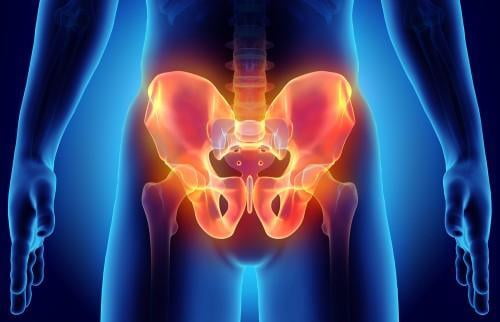Manage + reduce symptoms with conservative treatment options.

Pelvic floor physiotherapy is a specialized form of physical therapy that focuses on the muscles, ligaments, and connective tissues that support the pelvic organs, including the prostate gland. It is a non-invasive, drug-free treatment option that can be effective in managing chronic non-bacterial prostatitis (CNBP). In this article, we will discuss how pelvic floor physiotherapy can help with CNBP.
What is chronic non-bacterial prostatitis?
CNBP is a condition characterized by chronic pain and inflammation of the prostate gland. Unlike bacterial prostatitis, which is caused by an infection, CNBP does not involve the presence of bacteria. Instead, it is thought to be caused by a combination of factors, including muscle tension, nerve damage, and hormonal imbalances.
How can pelvic floor physiotherapy help with CNBP?
Pelvic floor physiotherapy is a specialized form of physical therapy that focuses on the muscles, ligaments, and connective tissues that support the pelvic organs, including the prostate gland. The pelvic floor muscles play an important role in controlling the bladder and bowel, and they can become weak or tight due to a variety of factors, including injury, surgery, and chronic stress.
Pelvic floor physiotherapy can help with CNBP in several ways:
Relaxing the pelvic floor muscles: In some cases, the pelvic floor muscles may be too tight, causing pain and discomfort. Pelvic floor physiotherapy can help to relax these muscles through techniques such as stretching and massage, which can help to reduce pain and inflammation.
Strengthening the pelvic floor muscles: In other cases, the pelvic floor muscles may be weak or damaged. Pelvic floor physiotherapy can help to strengthen these muscles through exercises such as Kegels, which can improve bladder control and reduce pain.
Improving circulation: Pelvic floor physiotherapy can also help to improve circulation in the pelvic area, which can help to reduce inflammation and pain.
Reducing nerve irritation: Pelvic floor physiotherapy can also help to reduce irritation to the nerves that control the pelvic organs, which can help to reduce pain and discomfort.
What to expect during pelvic floor physiotherapy for CNBP?
During a pelvic floor physiotherapy session, the therapist will perform an assessment to determine the underlying causes of your CNBP. They may use techniques such as palpation, which involves gently pressing on the pelvic area to identify areas of tension or pain. Based on the assessment, the therapist will develop a personalized treatment plan that may include exercises, stretches, massage, and other techniques.
Pelvic floor physiotherapy is typically a non-invasive, pain-free treatment option that can be performed in a clinic or at home. The therapist will work with you to develop an exercise and stretching routine that you can perform on your own between sessions.
In conclusion, pelvic floor physiotherapy is a non-invasive, drug-free treatment option that can be effective in managing chronic non-bacterial prostatitis. By relaxing and strengthening the pelvic floor muscles, improving circulation, and reducing nerve irritation, pelvic floor physiotherapy can help to reduce pain and inflammation associated with CNBP. If you are experiencing symptoms of CNBP, talk to your healthcare provider about whether pelvic floor physiotherapy may be right for you.


